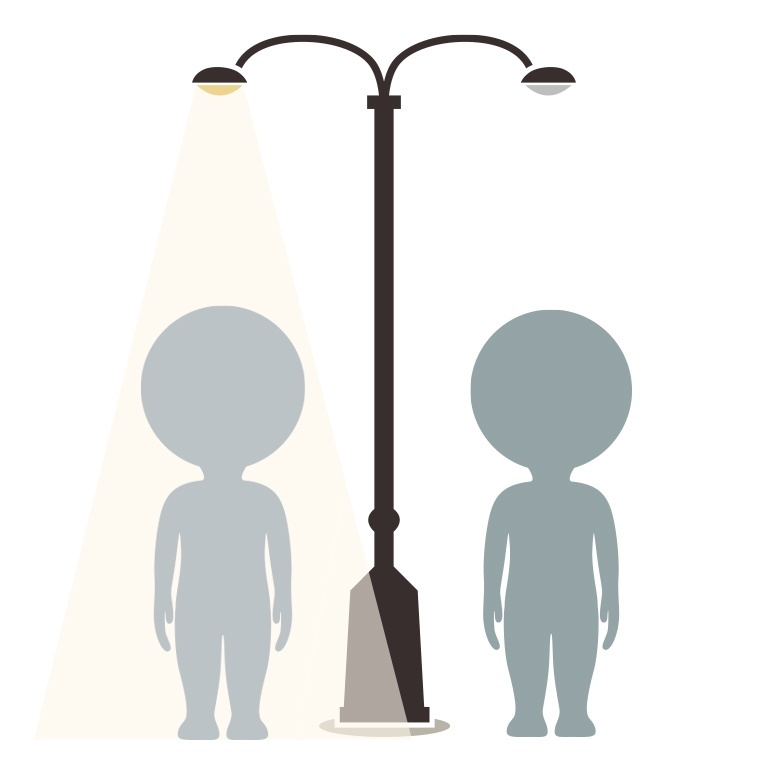The labor standoff in Pittsburgh regarding the Pittsburgh Ballet Theatre’s decision to eliminate live music in favor of recorded music in the middle of contract negotiations with the ballet musicians is mostly unchanged…
However, the musicians have rallied the backing of other labor unions and supporters throughout the country in aid of the picketing. Nevertheless, the nagging question is whether or not using a recorded music accompaniment is really a detriment or not to the artistic output of the ballet.
Honolulu Symphony Bassoonist and music blogger, Paul Barrett, posted a recent entry where he shares his first hand observations surrounding the very unique experience of watching a ballet troupe go from using a live orchestra to recorded music. Here’s an except from that article (you can read the entire entry here):
“…the HSO musicians were in the pit for a run of ‘Coppelia’ with the Hawaii State Ballet. Rehearsals were going fine, if a bit slapdash, as only two rehearsals had been scheduled, until the last 15 minutes. Long story short, due to the need to clarify tempos with the principal dancers, we went overtime; however, the stage manager pitched a fit and was in denial that we had gone a minute into overtime and threw away the remaining 9 paid minutes of overtime that they had incurred and started running the tape for the last number of the piece.
Ka-boom! What a change! Going directly from dancing with live music to canned taped music was an amazing shock. What I especially noticed was how immediately different the dancers were. No longer was there any give and take with the tempo. (Note that we had been adjusting for the correct tempi to suit the dancers just before the intrusion of the tape.) The body language of the dancers was no longer confident and soloistic, they were instantly turned into zombie-robot dancers that were dancing to the same old tape that they had rehearsed to for God only knows how many months previously.
It’s a pity that there was not a member of the Pittsburgh Ballet board or management present for this demonstration of the difference between live music ballet and canned music ballet. No comparison. One is alive, the other is half-dead.”
Although it’s certainly unorthodox, a situation like the one described by Paul could be a very useful tool for ballet development officers and board members I wonder if the board members of the PBT had ever considered videotaping a similar demonstration to use as a fundraising tool.
It brings to mind that scene from Amadeus when Mozart has the good fortune of having Emperor Joseph attend a rehearsal to see firsthand how it looks to have ballet dancers performing on stage with no music (remember; the Emperor had banned ballet music). It didn’t take long for the Emperor to change his mind and allow ballet music to accompany the dancers.
I wonder how strong of selling point a live demonstration would be for everyone to notice the difference between dancers using live music and then recorded.



Yes, yes, yes! The difference is everything. I grew up a dancer and a flutist, and a choral singer, then switched to opera in college.
But I still remember, VISCERALLY, the difference between our studio’s rehearsals of Nutcracker and the actual live final dress and performances, with the pit orchestra (from Gunzenhauser’s Delaware Symphony!)
To this day, whenever I hear even one phrase of the Nutracker, I know INSTANTLY whether the conductor ever conducted for dancers or not. No ebb, no flow, no dancery soul.
PS – Has any one ever explained that part if it is how DANCERS count the beats and phrases? It’s completely different! I’m not kidding, it’s a whole other UNIVERSE!